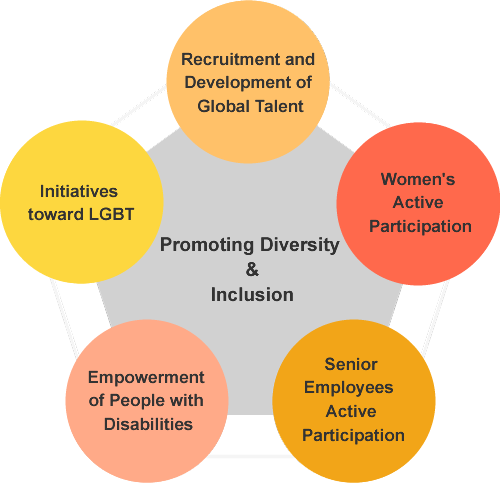Equal, diverse and inclusive recruitment
Businesses benefit from incorporating a wide variety of viewpoints and perspectives. They can achieve this by recruiting professionals from a range of backgrounds. Companies with staff from a broad range of backgrounds outperform firms with less diverse workforces. Statistics vary, but diverse companies perform 33% better than companies that are not. If businesses attract a diverse range of staff they can identify opportunities and explore new solutions.
Developing, implementing and promoting a diversity strategy is the challenge employers now face. Almost three quarters of employers believe that a diverse workforce is important. They believe that creative and innovative thinking is a direct consequence. More than half believe that unique skills are introduced to a company as a result of having a diverse workforce.
How can we help?
CrystalEyes can work with employers to embed their Equality, Diversity and Inclusion recruitment practices. As a result, your business will be more attractive to potential candidates.
CrystalEyes is here to help you and can:
- Hold conversations about diversity.
- Establish basic principles and formal recruitment processes that embrace equality, diversity and inclusion.


As a result of being forward looking, you will easily embrace greater equality and diversity amongst your staff. Improve your recruitment strategies by taking seven key actions:
- Recognise unconscious bias. Unconscious bias training should be undertaken by all staff with recruitment responsibilities.
- Depersonalise the process of writing the job description and person specification. The focus should be on being factual rather than subjective. Language should be neutral and include as few restrictions as possible.
- Consider taking positive action. Data is needed to support a positive action statement in an advertisement.
- Widen your advertising network. The broader the approach the better the chances are of reaching the widest talent pool.
- Minimise unconscious bias when shortlisting. Shortlisting should focus on applicants’ skills sets. The process should involve more than one or two people.
- Ensure interviews are structured. They should be competency based and reflect the criteria and skills identified in the job description and person specification. Consequently, they should be the same for all candidates with each candidate scored using the same criteria.
- Appointments are fair. Select the successful candidate based on their interview scores and assessment results. As a result, references should only be considered after this process.
